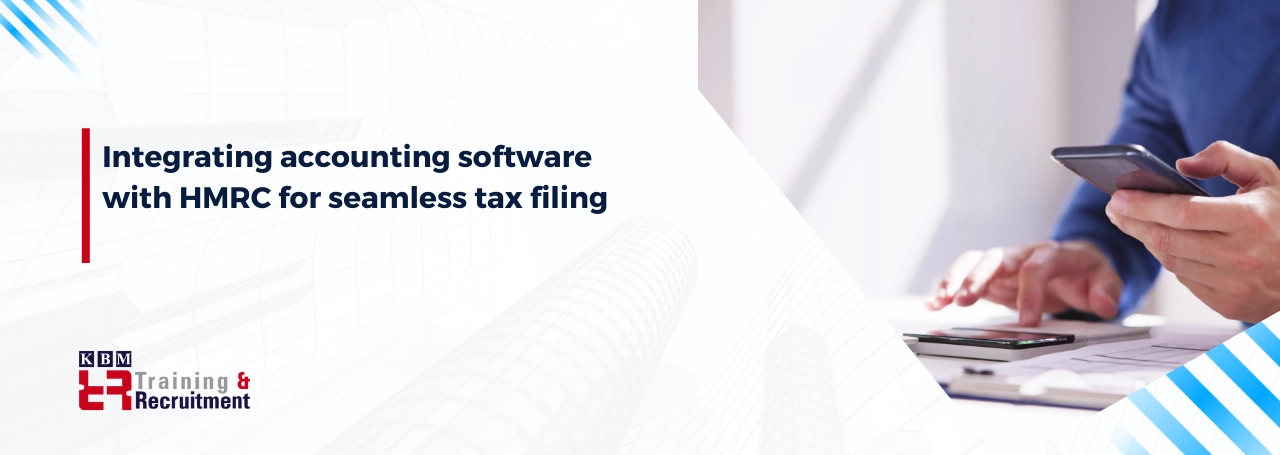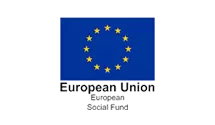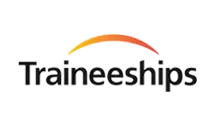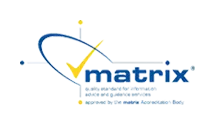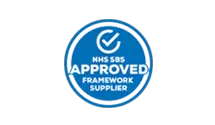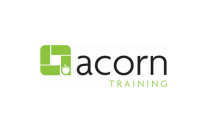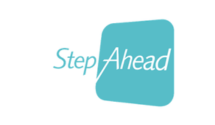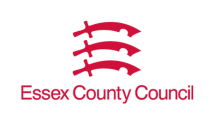Tax filing is the most difficult thing businesses have to go through. However, things have changed with accounting software as it has simplified the whole process. With the integration of accounting software into HM Revenue and Customs, companies now file their taxes efficiently and rightly. Here is the story about how it works and how it benefits the business.
Understanding a need
Indeed, there is an accountancy software that enables integration with HMRC for efficient taxation filing, where companies can automatically get their tax details submitted directly from accounting software to HMRC without the need of manually inputting data and directly linking accounting software to HMRC. In such a case, it would be error-free, and accuracy is sure to take less time, leaving the time available for other activities rather than papers.
Characteristics of integrated accountancy software
Most current accounting software allows integration with HMRC. Such features are set for automatic rate updates, easy tax forms, and tools for calculating VAT and income tax. This software will also produce reports on how much tax is owed to the business, which facilitates easier preparation for filing.
Benefits of integration
Undoubtedly, there has been a huge jump in confidence levels for accounting accuracy with the HMRC-integrated accounting software. Automatic importation of financial data into accounting software ensures that rare occurrences of incorrect numbers happen. Naturally, businesses are going to incur fewer fines based on their tax filings.
Time-saving is one of the benefits. The integration will automatically enable businesses to produce tax returns and submit them to HMRC rather than spending hours gathering information and filling out forms. Speed is also critical when doing taxes during a very busy tax season.
Business organizations stay on top of the latest tax rules and regulations through integration. Updates on tax rates or filing requirements will be automatic. Thus, businesses need not worry about missing updates.
Steps of integration
Before linking their accounting software to HMRC, businesses must follow a few essential steps to ensure it is done properly. First, they need to choose an HMRC-approved accounting software that provides full integration. The most popular accounting software integrated well into the HMRC systems include Xero, QuickBooks, and Sage.
Also, the account should be initiated by the companies, and all the financial data should be fed into the software without any discrepancies. More importantly, the software needs to be constantly updated so that the latest HMRC regulations are well in sync.
Finally, the business staff should be adequately and properly trained to apply the software correctly. They should know about the system and the exact usage of features so everything goes smoothly.
Wrap up
It is, in fact, a constructive step for businesses intending to make taxation filing absolutely hassle-free, as the integration of accounting software and HMRC is managed. Integration ensures accuracy, saves time, and ensures tax compliance. Having the right accounting software, along with following the required procedures regarding HMRC integration, makes taxation filing hassle-free for businesses. In that way, they are more free to indulge in their core activities but have confidence in managing their tax obligations efficiently.
